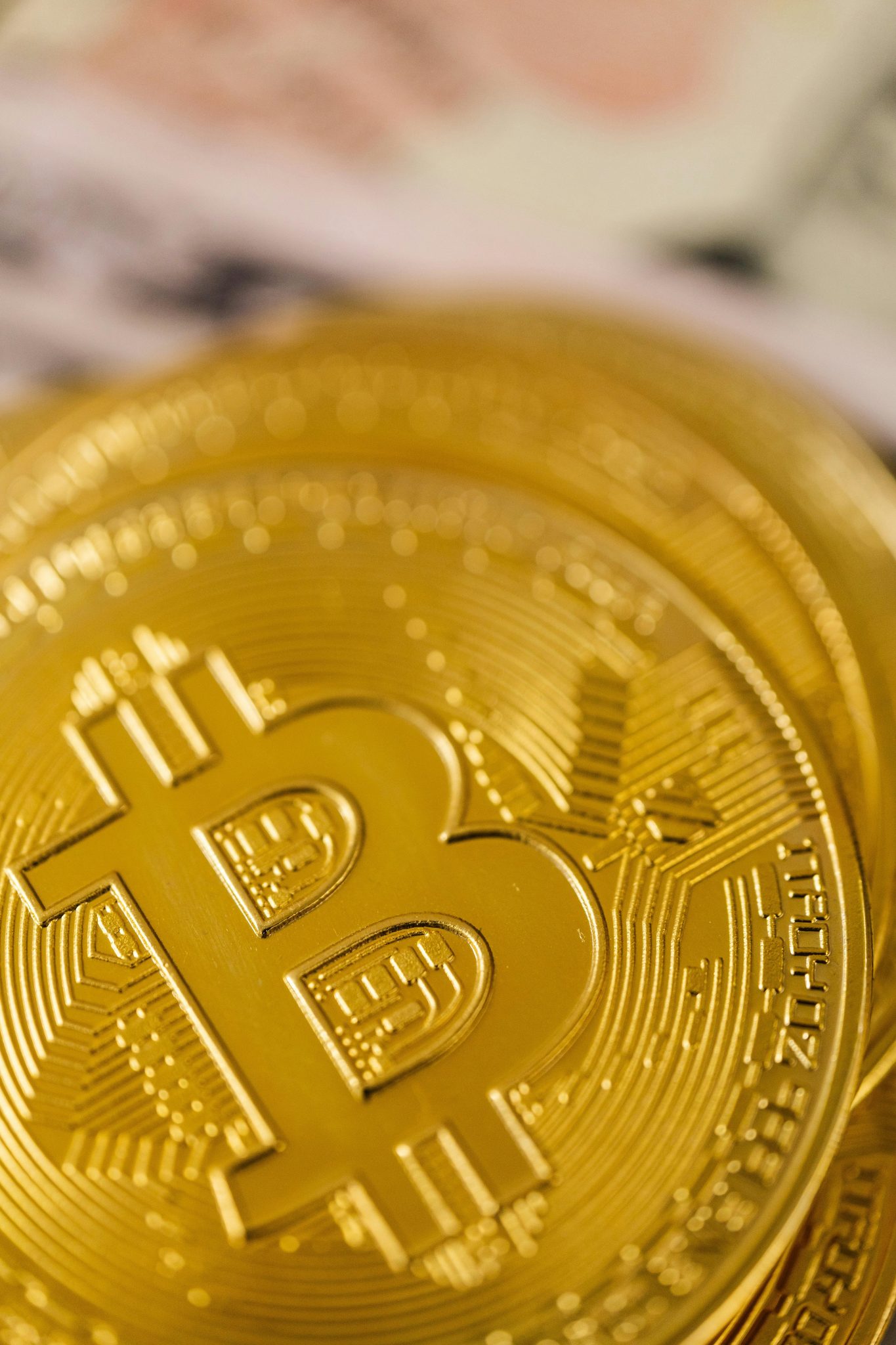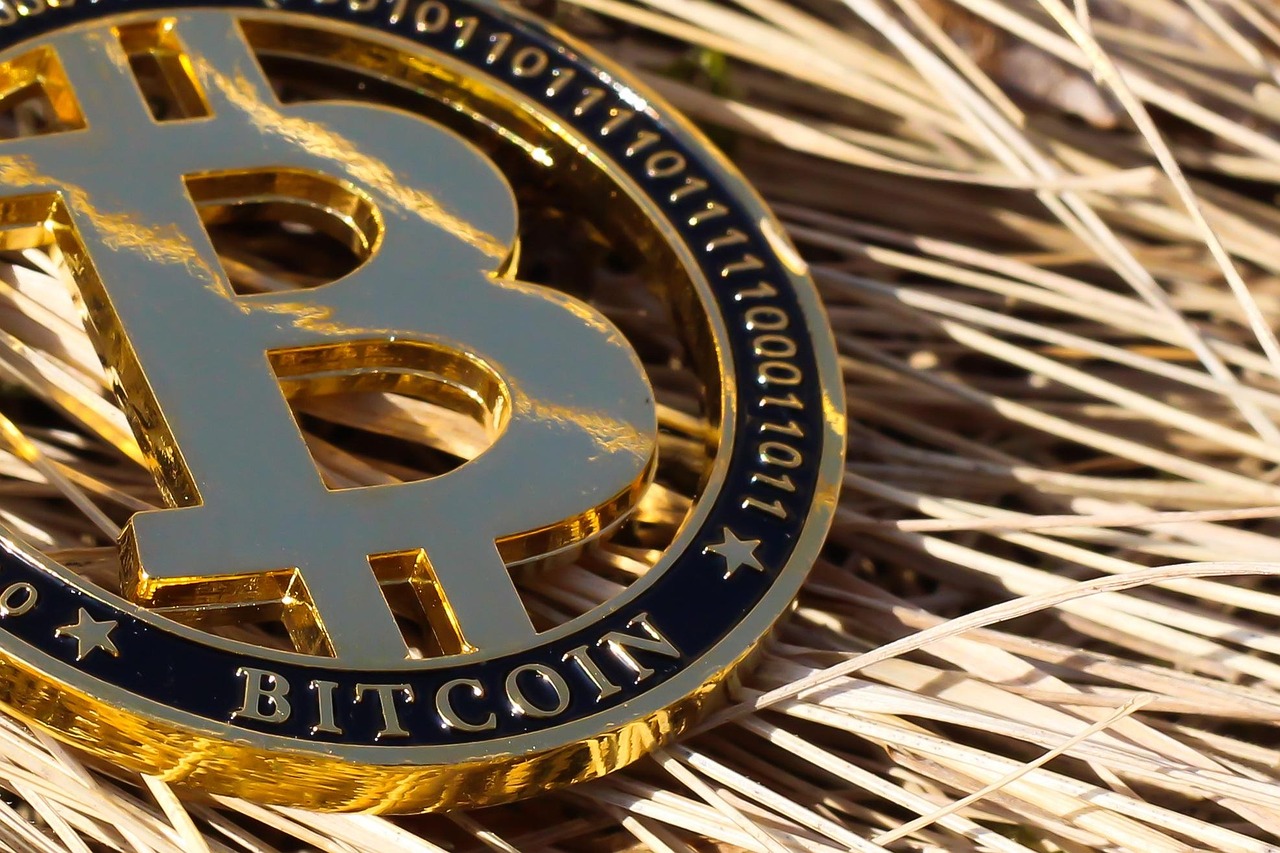
Introduction to Interoperable Token Markets on Solana’s Architecture
Solana’s architecture offers a robust foundation for the development of interoperable token markets, which are crucial for the evolution of tokenized platforms. As blockchain technology continues to advance, the demand for seamless integration and interoperability among different networks becomes imperative. This article delves into how Solana’s architecture supports these needs, providing blockchain developers and investors with actionable insights into tokenization opportunities.
The Core of Solana’s Architecture
At its core, Solana is designed to handle high throughput and low latency, making it an ideal platform for tokenized environments. The blockchain achieves this through its unique combination of Proof of History (PoH) and Tower BFT, which work together to optimize transaction processing. This technical foundation is crucial for supporting the complexities of interoperable token markets.
Understanding Tokenized Platforms
Tokenized platforms are digital frameworks where assets are represented as tokens on a blockchain. These platforms enable fractional ownership, liquidity, and transparency. By leveraging Solana’s high-speed architecture, developers can create tokenized environments that support real-time transactions and a broad range of asset types, from cryptocurrencies to real-world assets.
Key Features of Interoperable Token Markets
Interoperable token markets on Solana’s architecture offer several key features that enhance their functionality:
- High Scalability: Solana’s architecture supports thousands of transactions per second, enabling large-scale tokenized applications.
- Low Transaction Costs: Minimal fees encourage more participants to engage in tokenized markets, enhancing liquidity.
- Seamless Cross-Chain Transactions: Solana’s interoperability protocols facilitate the movement of tokens across different blockchains, expanding market reach.
Practical Examples of Tokenized Platforms on Solana
Several tokenized platforms leverage Solana’s architecture to enhance their operations:
- Serum: A decentralized exchange built on Solana, Serum utilizes the platform’s speed and efficiency to offer real-time trading and settlement.
- Raydium: This automated market maker (AMM) integrates with Solana to provide liquidity pools that users can interact with seamlessly.
Actionable Insights for Developers and Investors
To maximize the potential of tokenized platforms on Solana, developers and investors should consider the following:
- Leverage Solana’s SDKs: Utilize Solana’s software development kits to streamline the creation of tokenized applications.
- Focus on User Experience: Enhance the usability of tokenized platforms by minimizing transaction times and costs.
- Explore Cross-Chain Opportunities: Develop solutions that enable seamless interoperability with other blockchains, increasing market appeal.
Challenges and Considerations
While Solana provides a strong foundation for tokenized platforms, developers must navigate certain challenges. Network congestion and scalability, although minimized on Solana, require constant monitoring. Additionally, ensuring security and compliance with regulations remains crucial for the successful deployment of tokenized markets.
Conclusion
Interoperable token markets on Solana’s architecture present a significant opportunity for advancing tokenized platforms. By leveraging Solana’s high-speed and scalable environment, developers and investors can create innovative solutions that enhance asset liquidity and accessibility. As the blockchain ecosystem continues to evolve, Solana’s architecture will undoubtedly play a pivotal role in shaping the future of tokenization.






